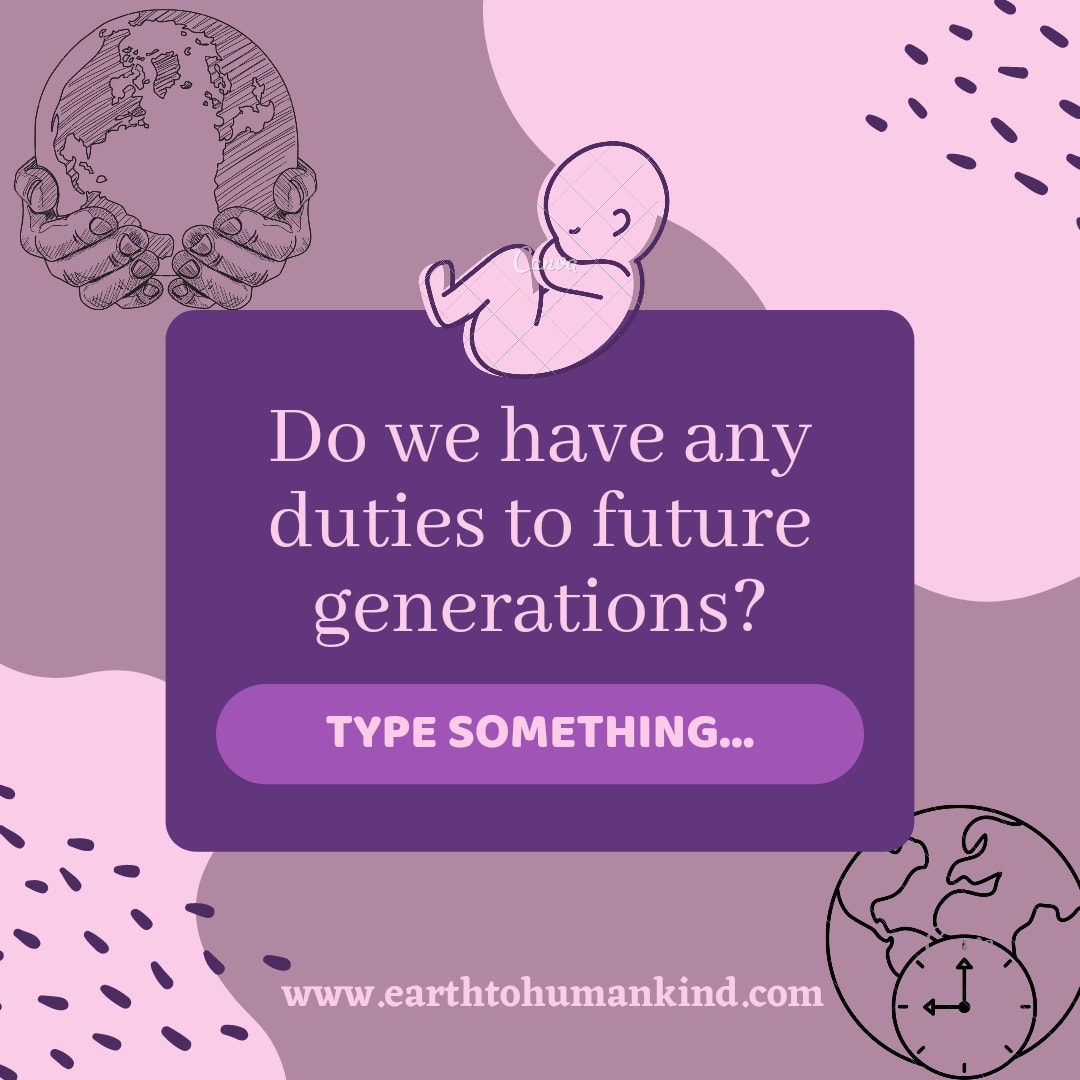Imagine the following scenario: you are a citizen of a small village in Africa. What are your living conditions? Do you have drinking water? And if yes, is the quality of the water questionable? And even if you have drinking water, is it accessible easily in close proximity or do you have to walk for a long distance just to reach a water source? Is your home safe by environmental hazards, for example by strong winds? Do you have electricity? How do you cook a meal?
Now imagine living in a metropolis like London. What are your living conditions? Do you have drinking water? And if yes, is the quality of the water questionable? And even if you have drinking water, is it accessible easily in close proximity or do you have to walk for a long distance just to reach a water source? Is your home safe by environmental hazards, for example by strong winds? Do you have electricity? How do you cook a meal?
What these two different scenarios reveal is different living conditions based on different countries. The same person in a different country will experience life in a completely different way. According to the United Nations Environment Programme [1] intragenerational equity is “concerned with equity between people of the same generation and aims to assure justice among human beings that are alive today”. Another viewpoint suggests that intragenerational equity attempts to build the bridge between poor and rich nations. The ethical implications of intragenerational equity lies upon the unfair distribution of Earth’s resources. At the same time, nations that are geographically and economically more vulnerable, are the same nations that are powerless against climate change [2]. The fact that these same nations are going to experience climate change in a more devastating way even though they have not contributed to the problem as much, creates even more climate injustice.
“Climate change is happening now and to all of us. No country or community is immune and, as is always the case, the poor and vulnerable are the first to suffer and the worst hit.”
António Guterres (current UN Secretary-General)
Now consider the following scenario: Imagine that you have at least one child. If you are a parent this should be easier. Now think of all the (known and unknown) ways that the quality of the environment is degrading: air pollution [3], water [4] and soil pollution [5], higher temperatures, more frequent and intense extreme weather events [6], biodiversity loss [7], climate change [8], worse quality of drinking water [9], etc. Your child (hypothetical or not) is going to live in a worse environment than you did (not hypothetically). The fact that our generation(s) have inherited a better planet than the one we are leaving to the future generations, is what constitutes intergenerational equity. The definition of intergenerational equity according to Oxford dictionary is “The principle that the present generation should pass on to future generations enough natural resources and sufficient environmental quality that they can enjoy at least a comparable quality of life and inherit a healthy and sustainable environmental heritage”. A simple example of intergenerational equity is that of fossil fuels: older generations benefit for fossil fuel burning, leaving younger people to deal with the future consequences of this choice.
Simply put, intragenerational equity is that all humans have equal rights to the planet’s resource no matter where they live (between the rich and the poor of the present generation) and intergenerational equity is to leave the planet in a better state for today’s children and future generations (between present and future people).
Those least responsible for climate change are worst affected by it.
Vandana Shiva
So, the question(s) that arise are… Do we live our everyday life in a manner that benefits or harms the planet? Do we have any duties to future generations? Why or why not? How strongly do we value the welfare and the quality of life of our children and grandchildren? How much nature do we owe to future generations? How can we harm future generations by destroying the environment, if they wouldn’t have existed but for this destruction?
“You cannot get through a single day without having an impact on the world around you. What you do makes a difference and you have to decide what kind of difference you want to make.”
Jane Goodall
References
[1] https://leap.unep.org/knowledge/glossary/intragenerational-equity
[2] Gordon, R. (2007). Climate change and the poorest nations: Further reflections on global inequality. U. Colo. L. Rev., 78, 1559.
[3] Clay, K., Muller, N. Z., & Wang, X. (2021). Recent increases in air pollution: evidence and implications for mortality. Review of Environmental Economics and Policy, 15(1), 154-162.
[4] Zamora-Ledezma, C., Negrete-Bolagay, D., Figueroa, F., Zamora-Ledezma, E., Ni, M., Alexis, F., & Guerrero, V. H. (2021). Heavy metal water pollution: A fresh look about hazards, novel and conventional remediation methods. Environmental Technology & Innovation, 22, 101504.
[5] Khan, S., Naushad, M., Lima, E. C., Zhang, S., Shaheen, S. M., & Rinklebe, J. (2021). Global soil pollution by toxic elements: Current status and future perspectives on the risk assessment and remediation strategies–A review. Journal of Hazardous Materials, 417, 126039.
[6] Alimonti, G., Mariani, L., Prodi, F., & Ricci, R. A. (2022). A critical assessment of extreme events trends in times of global warming. The European Physical Journal Plus, 137(1), 1-20.
[7] Habibullah, M. S., Din, B. H., Tan, S. H., & Zahid, H. (2022). Impact of climate change on biodiversity loss: global evidence. Environmental Science and Pollution Research, 29(1), 1073-1086.
[8] Masson-Delmotte, V., Zhai, P., Pirani, A., Connors, S. L., Péan, C., Berger, S., … & Zhou, B. (2021). Climate change 2021: the physical science basis. Contribution of working group I to the sixth assessment report of the intergovernmental panel on climate change, 2.
[9] Mian, H. R., Hu, G., Hewage, K., Rodriguez, M. J., & Sadiq, R. (2021). Drinking water quality assessment in distribution networks: A water footprint approach. Science of The Total Environment, 775, 145844.
